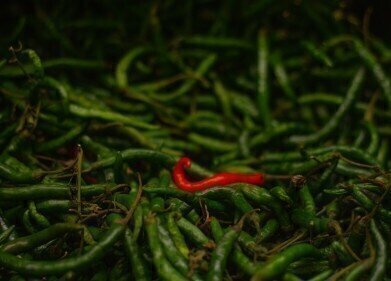Columns (GC)
Can Chromatography Provide an At-Home Breast Cancer Test?
Mar 04 2021
There are over 1000 new cases of cancer in the UK every day and cancer incidence rates are increasing. Breast cancer is one of the main types of cancer in the UK with around 55000 new cases every year. It is the most common cancer amongst women and leads to over 11000 deaths every year in the UK. It accounts for around 7% of all cancer deaths but mortality rates for breast cancer are decreasing.
Like other cancers, and indeed, like many other illnesses or diseases, the sooner breast cancer is spotted and diagnosed the better the prognosis. Breast cancer survival rates have doubled in the UK in the past 40 years with 8 in 10 women likely to survive beyond 10 years compared to 4 in 10 in the 1970s. One of the reasons is better and earlier screening along with improved treatments. But alongside many other detrimental effects of Covid-19 is a decrease in women attending regular cancer screenings. A Spanish student and gas chromatography might have the solution to the problem of missing screening appointments.
New way of screening
As women miss their breast screening appointments due to Covid-19 (or other reasons), one effect could be more late-stage cancer diagnoses leading to a reduced chance of survival and a worse prognosis. A Spanish student, Judit Giró Benet has come up with an idea that might help potential breast cancer patients and chromatography is at the core of the project.
Traditional methods for detecting breast cancer include self-analysis by feeling for lumps or noticing abnormal symptoms, or a visit to hospital for a mammogram or ultrasound. During her studies in Spain, she observed that a dog could sniff out lung cancer using a person’s breath. From this she developed a concept to replicate a dog’s detection of cancer. Welcome to The Blue Box.
Blue box chromatography
Giró Benet has developed a ‘Blue Box’ that uses gas chromatography-mass spectrometry to analyse the odour of a patient’s urine. Gas chromatography is one of the most powerful separation techniques analysts can use, advice on how to get more from your GC analysis can be found in the article, Gas Chromatography Troubleshooting Part I – Peak Shape Issues. The odour is analysed by four metal oxide sensors and computing software before being sent to a ‘cloud’ where the metabolites in the urine are analysed by an algorithm. The results are then forwarded to an app on the user’s smartphone.
The system has a high success rate with late-stage breast cancer, but it is in its infancy and needs extensive testing on humans. However, the device could help women perform breast screening at home and allow for an earlier diagnosis thus minimising late-stage diagnosis. The design has won several awards and could empower women to take greater control of their healthcare
Digital Edition
Chromatography Today - Buyers' Guide 2022
October 2023
In This Edition Modern & Practical Applications - Accelerating ADC Development with Mass Spectrometry - Implementing High-Resolution Ion Mobility into Peptide Mapping Workflows Chromatogr...
View all digital editions
Events
ACS National Meeting - Fall 2024
Aug 18 2024 Denver, CO, USA
Sep 04 2024 Chiba, Tokyo, Japan
Sep 04 2024 University of Warwick, Coventry, UK
Sep 10 2024 Rockville, MD, USA
Plastics Recycling World Expo Europe
Sep 11 2024 Brussels, Belgium














